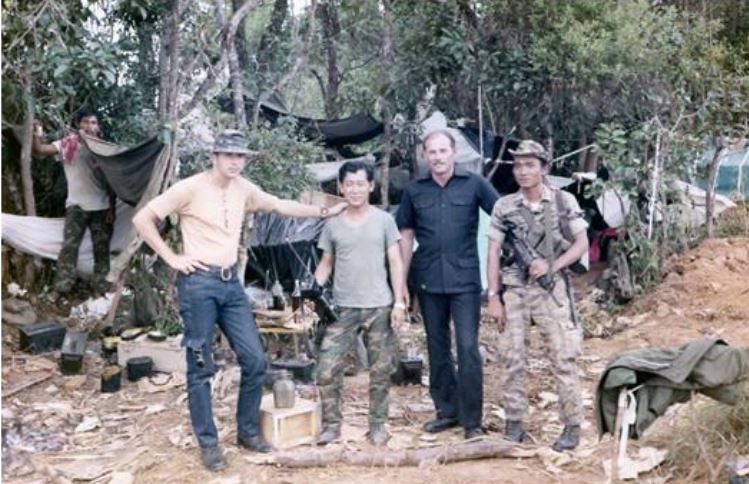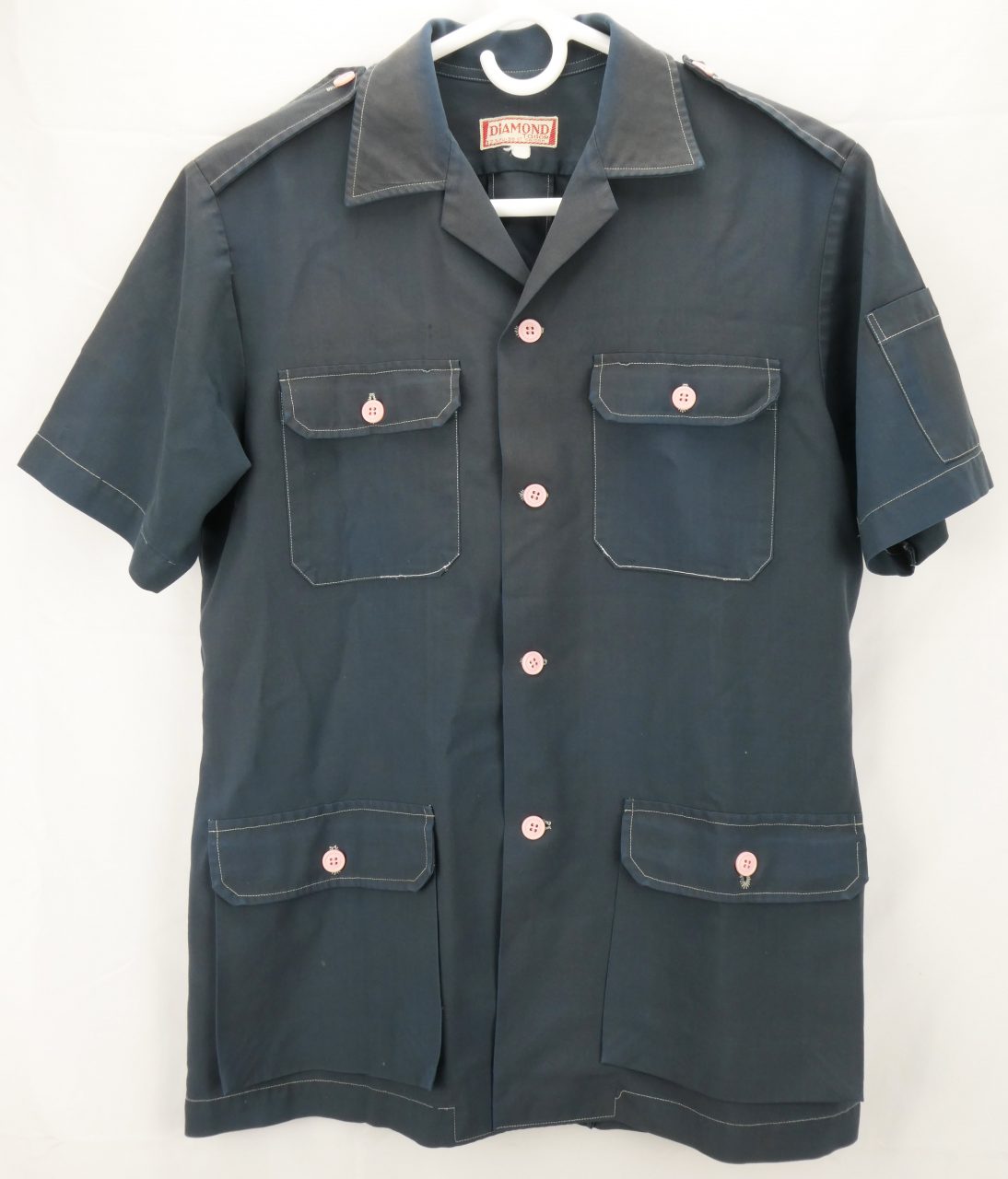French style 4-pocket shirts like the one on this page were intended for upper class South Vietnamese civilians [1]. However, some were made and worn by western news media correspondents[2][3] as well as covert operatives [4].
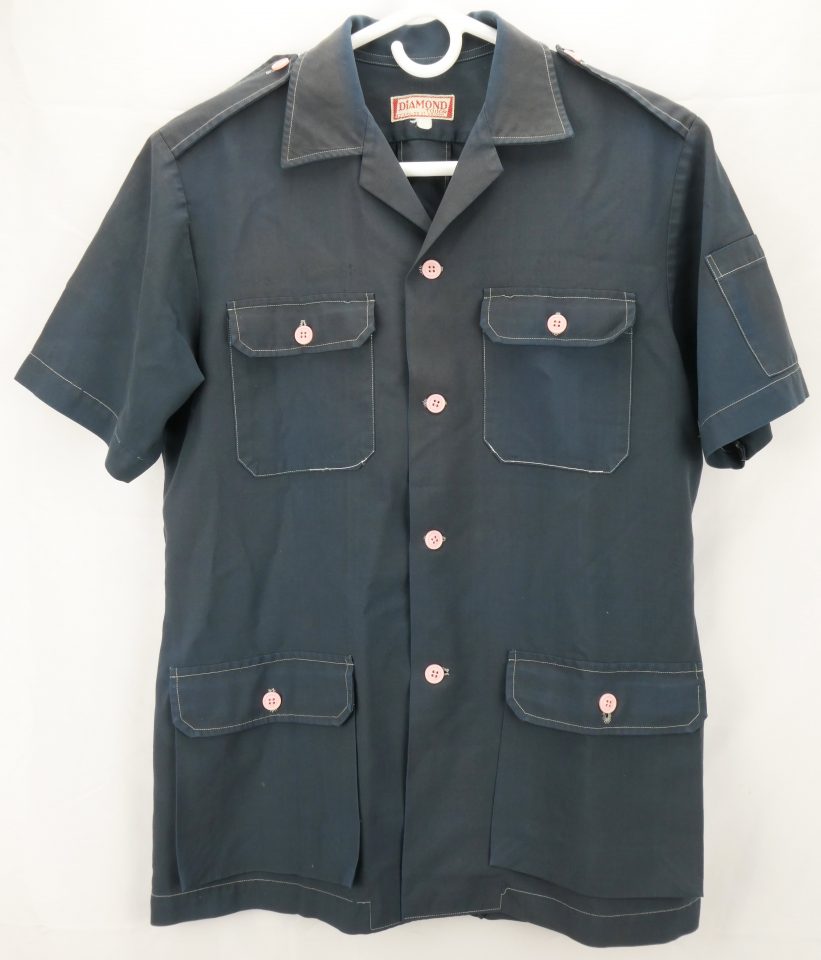
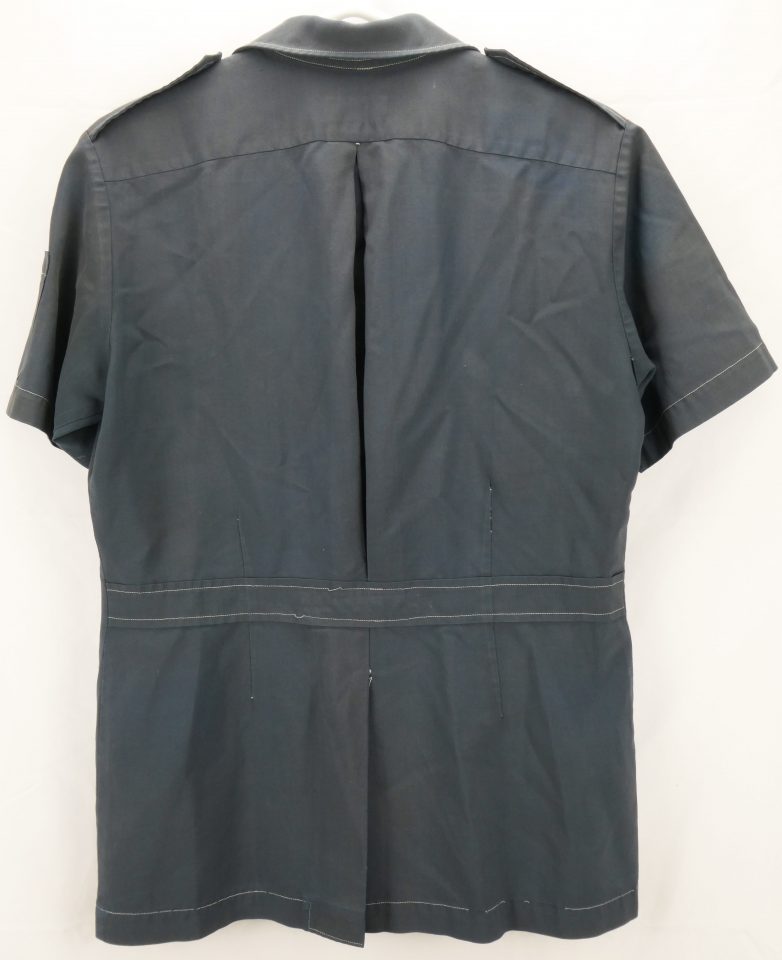
Material is a thin cotton.
Upper Pockets:
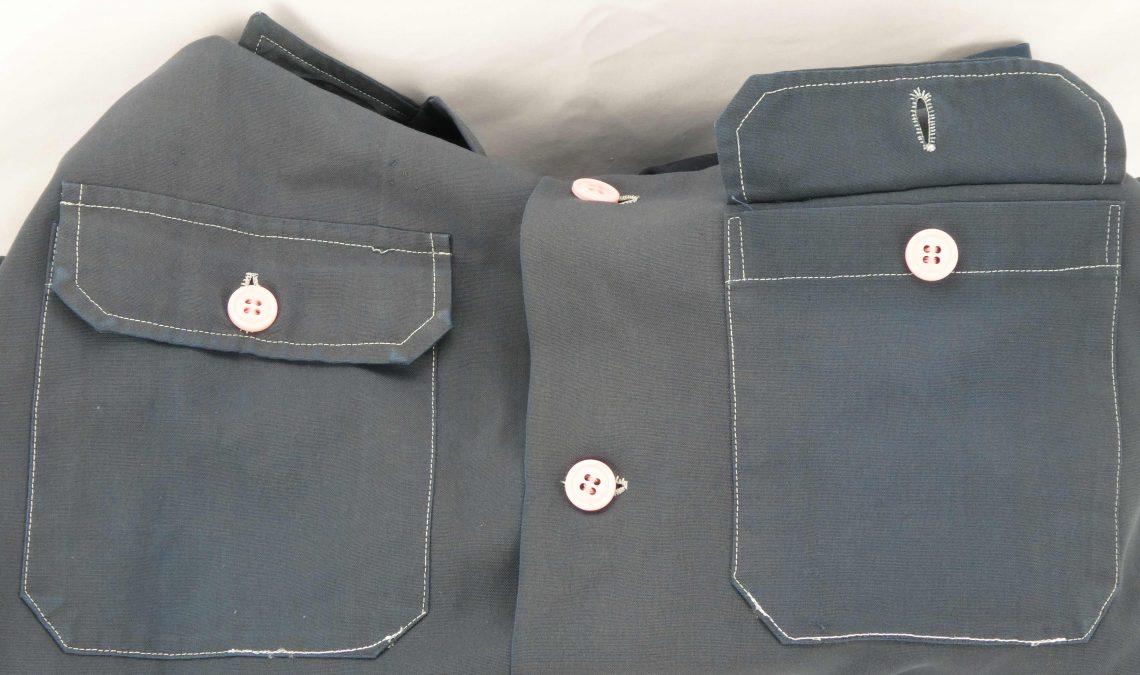
Has patch ghosts of tapes sewn above pockets.
Lower Pockets:
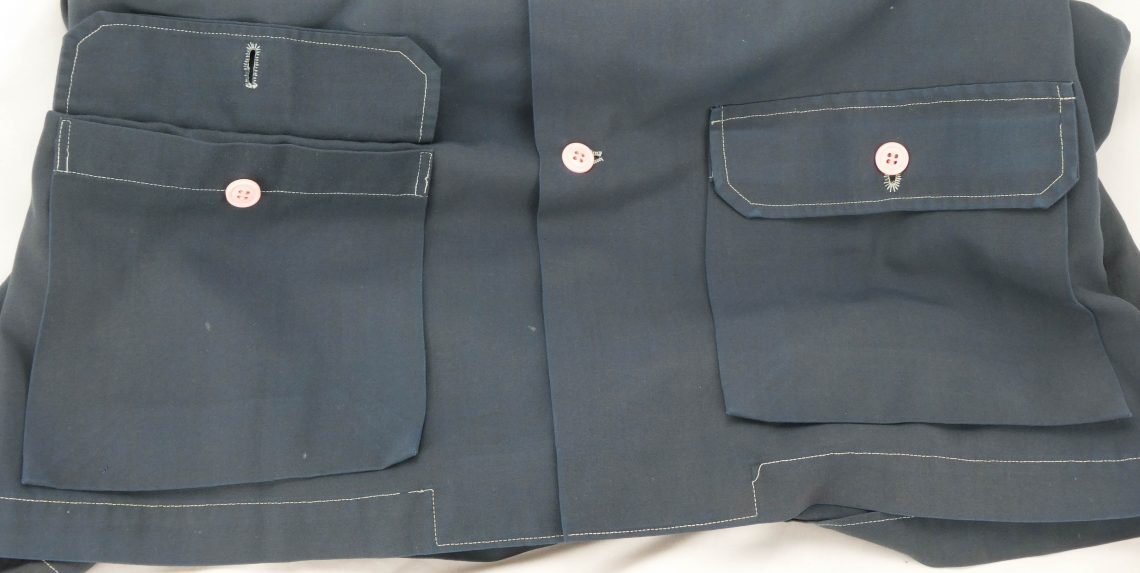
External “accordion” style [5].
Arm Pocket:
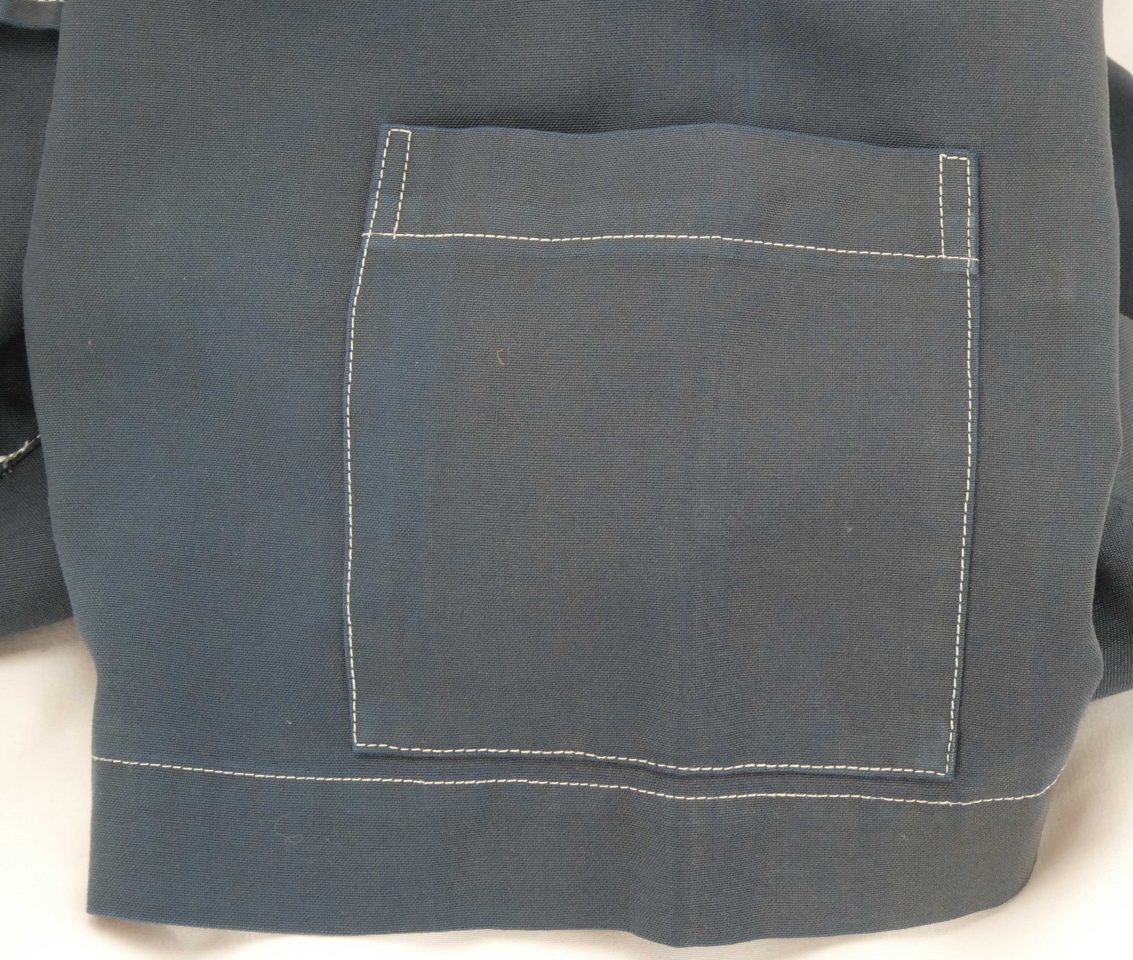
Used for holding pens and other writing utensils.
Epaulettes:
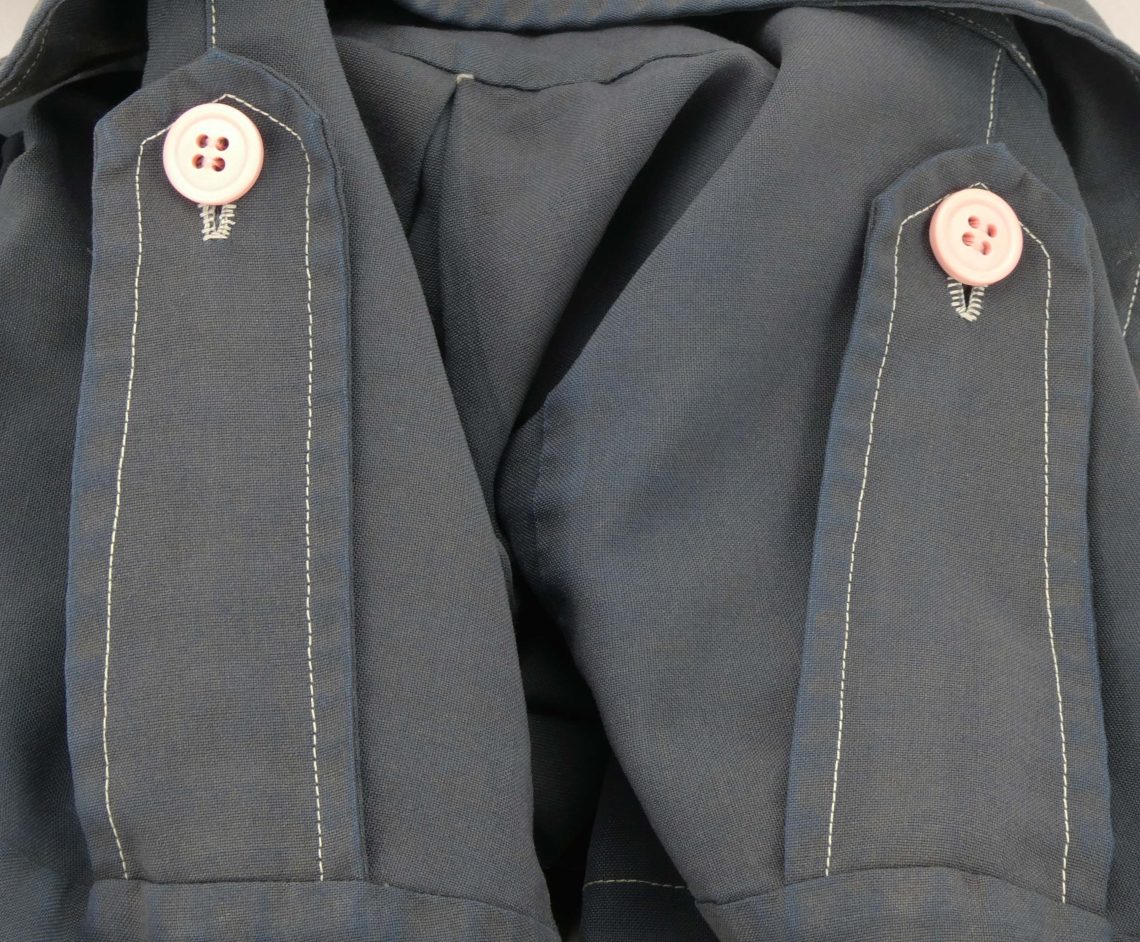
Buttons:
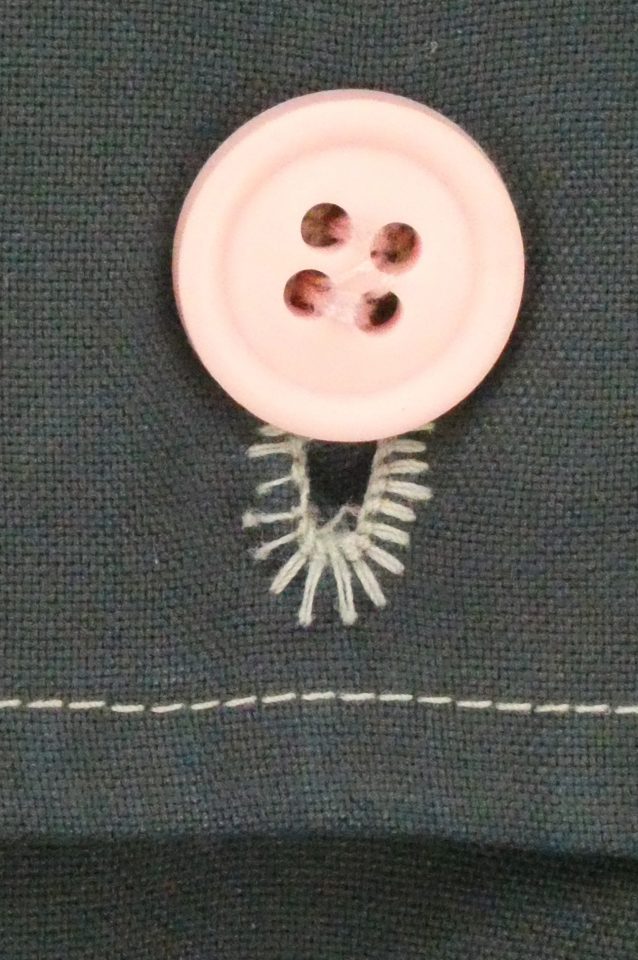
Pink plastic buttons.
Inside:
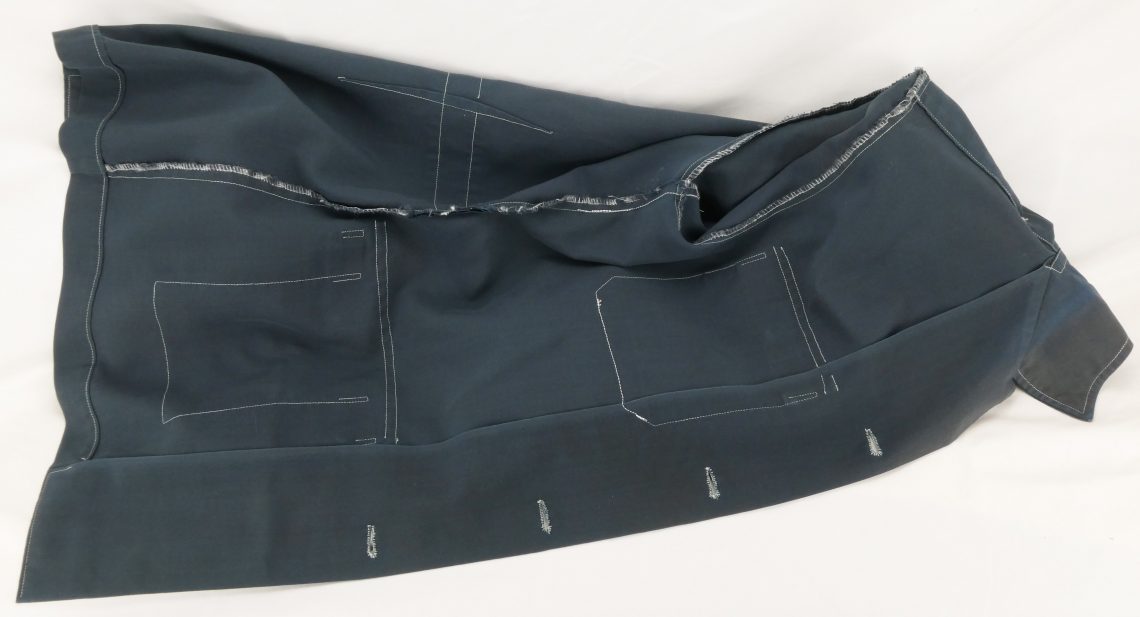
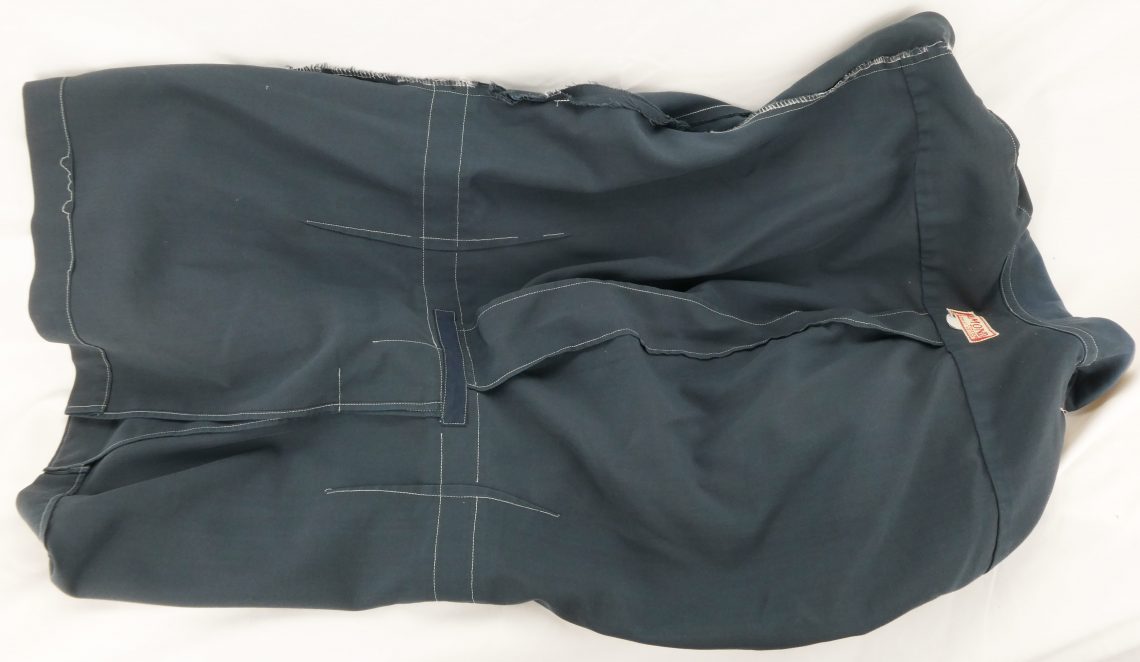
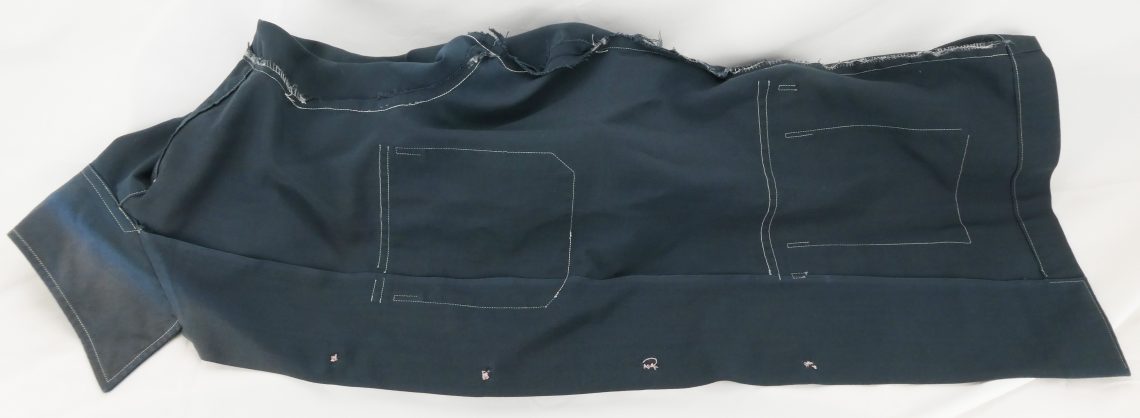
Tag:
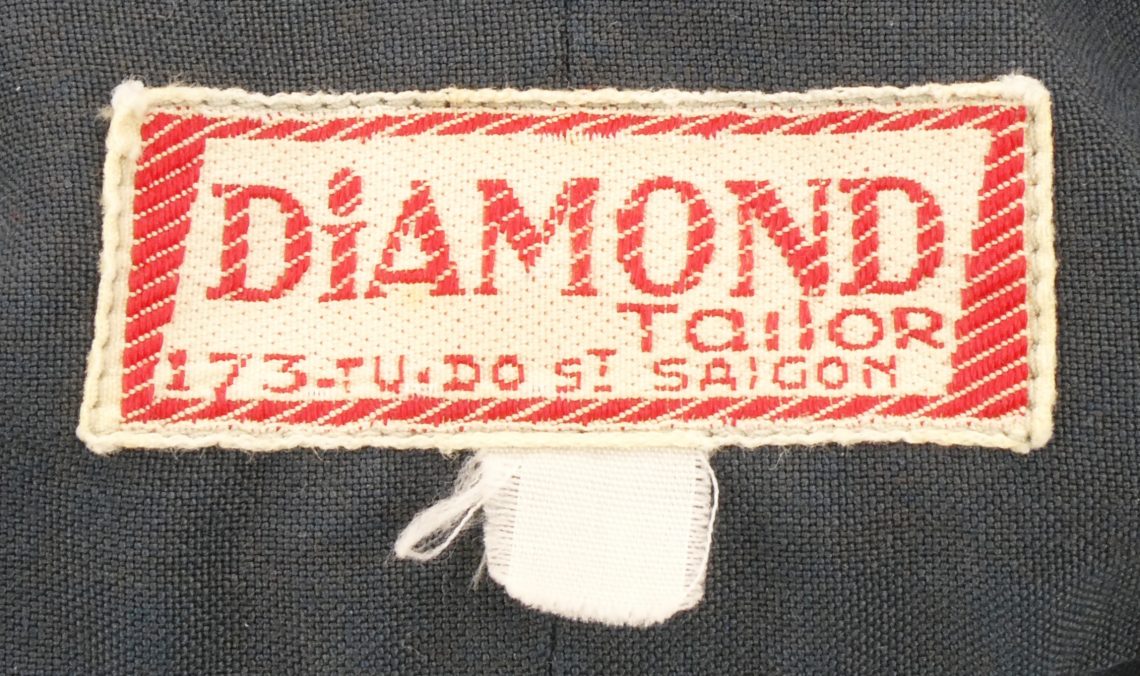
Tu Do Street is a long street in Saigon, South Vietnam. “Tu Do” is Vietnamese for “Liberty”. After 1975, the communist government renamed it “Dông Khoï” [6].
Usage Photos:
News Correspondent:
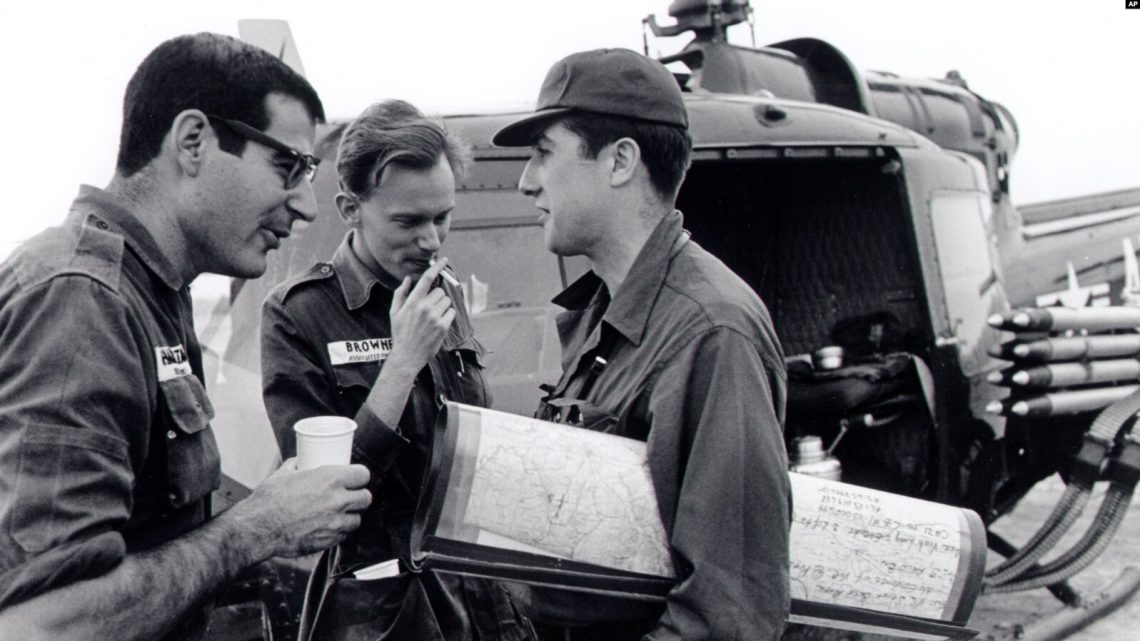
USAF CCT Advisor (Thai Unity Program):
